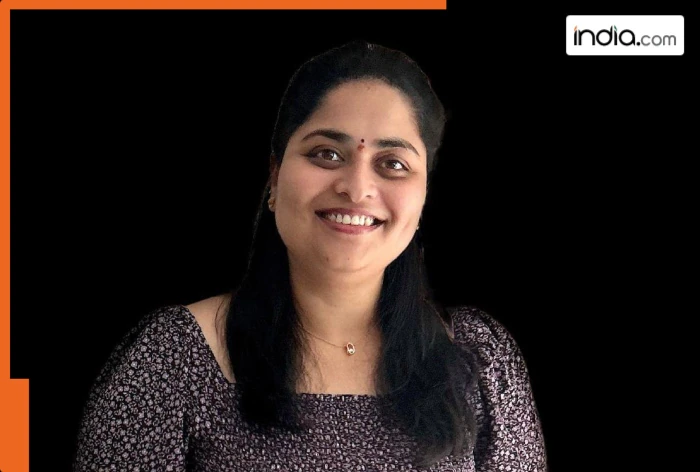By Priyanka Gupta
Copyright india

Patients often wonder why access to new medicines can take years even when breakthroughs are making headlines abroad. The obstacle is not always the science itself but how the data is handled. Clinical research produces millions of records (from biological samples to trial reports) and when that information is incomplete inconsistent or stuck in outdated systems progress slows dramatically. For India often called the “pharmacy of the world” these delays have global consequences.
For over a decade Ratna Jyothi Kommaraju has been solving these issues at the leading global biotech companies like Sanofi PAREXEL and CALYX where she has specialized in data management software validation and business analysis across global research and development departments. Over the years Kommaraju has built strong recognition in her field. She became an IEEE Senior Member a status given to professionals with long experience and proven contributions. She has also received the Hackathon Raptors Fellowship which highlights practical innovation in technology. Along the way she has added certifications in ISTQB Foundation Level Azure Fundamentals and Scrum Product Ownership which help her combine technical accuracy with agile teamwork. Inside the companies she worked for her efforts have been noticed too as well with awards such as Pat on the Back for streamlining applications and Star Validation Engineer for guiding complex report validations. Her work shows how fixing the “invisible” data layer can help speed up the delivery of new treatments.
One of the clearest examples of this came during her time at Sanofi one of the top 10 largest pharma companies in the world. Kommaraju was part of the BioSource Sample Management project which sought to modernize how millions of biosamples were registered in Benchling. Traditionally the process required scientists to supply missing details and manually register samples in batches of up to 100 consuming extensive man hours. Kommaraju and her team introduced a standardized Data Collection Template that allowed bulk registration of more than 100 samples at a time dramatically improving throughput and reducing manual effort. As Data Manager she also oversaw the master and reference data needed for accurate registration and implemented dashboards that automatically flagged missing or inconsistent information ensuring data integrity and enabling faster resolution of issues.
As a result the time to ship a sample dropped from almost a year to just 2–3 weeks giving researchers much faster access to the materials they needed to move drug research forward.
“Every day saved in managing research data can mean patients get access to therapies sooner” Kommaraju explains.
Before joining Sanofi she had already built a foundation for this kind of work at PAREXEL a leading global CIinical Research Organization. Here she worked on clinical trial management systems (CTMS) used by big pharma companies like Novartis Pfizer and Boehringer Ingelheim. These systems track everything related to a new study and its related trial in detail using the lMPACT applications.
One of her first tasks was to automate the Reference application the master data used for all trials. Later she led a team that created and standardized 150 critical study reports for Boehringer Ingelheim ensuring that trial data was captured in a clear consistent way.
She also worked in the Medical Imaging R&D team helping build tools that brought preclinical and clinical imaging data (things like scans and digital images) into trial systems. This made trial results more reliable and easier to use for regulators.
She carried this experience forward to CALYX a technology company focused on clinical trial solutions Kommaraju helped prepare clinical systems for the future. She worked across 54 different interfaces that connected CTMS with other platforms like EDC Veeva and many others ensuring information flowed smoothly between them.
She also played a key role in the company’s Azure cloud migration making sure that when applications are moved to the cloud platform they remained accurate compliant and reliable. This gave pharma clients a stronger more flexible digital infrastructure for running trials worldwide.
Kommaraju’s work may be global but the approaches matter for India too as such improvements in research data systems could have very tangible effects for the country. They would help shorten the wait for new treatments make it easier for pharmaceutical companies to meet strict international rules and give health authorities quicker tools to respond during outbreaks. In everyday terms this means patients could see medicines reaching them sooner and with greater confidence in their safety.
“Technology alone doesn’t solve the problem” Kommaraju says. “It’s about making sure the information is complete and consistent right from the start. That’s what keeps everything moving.”
As India deepens its role in global drug development experts like Kommaraju will be vital in ensuring the data backbone is ready. Automation AI and cloud systems can accelerate progress but only if the information flowing through them is accurate and well-governed. For India — and for patients everywhere — fixing data systems could be the key to faster safer and more affordable access to new medicines.



